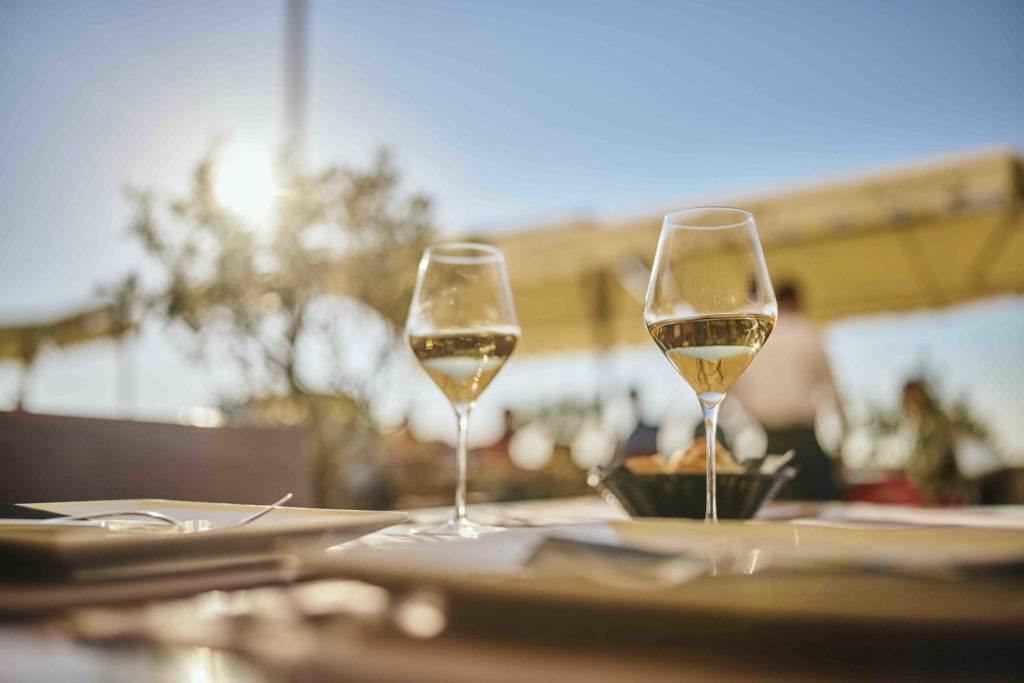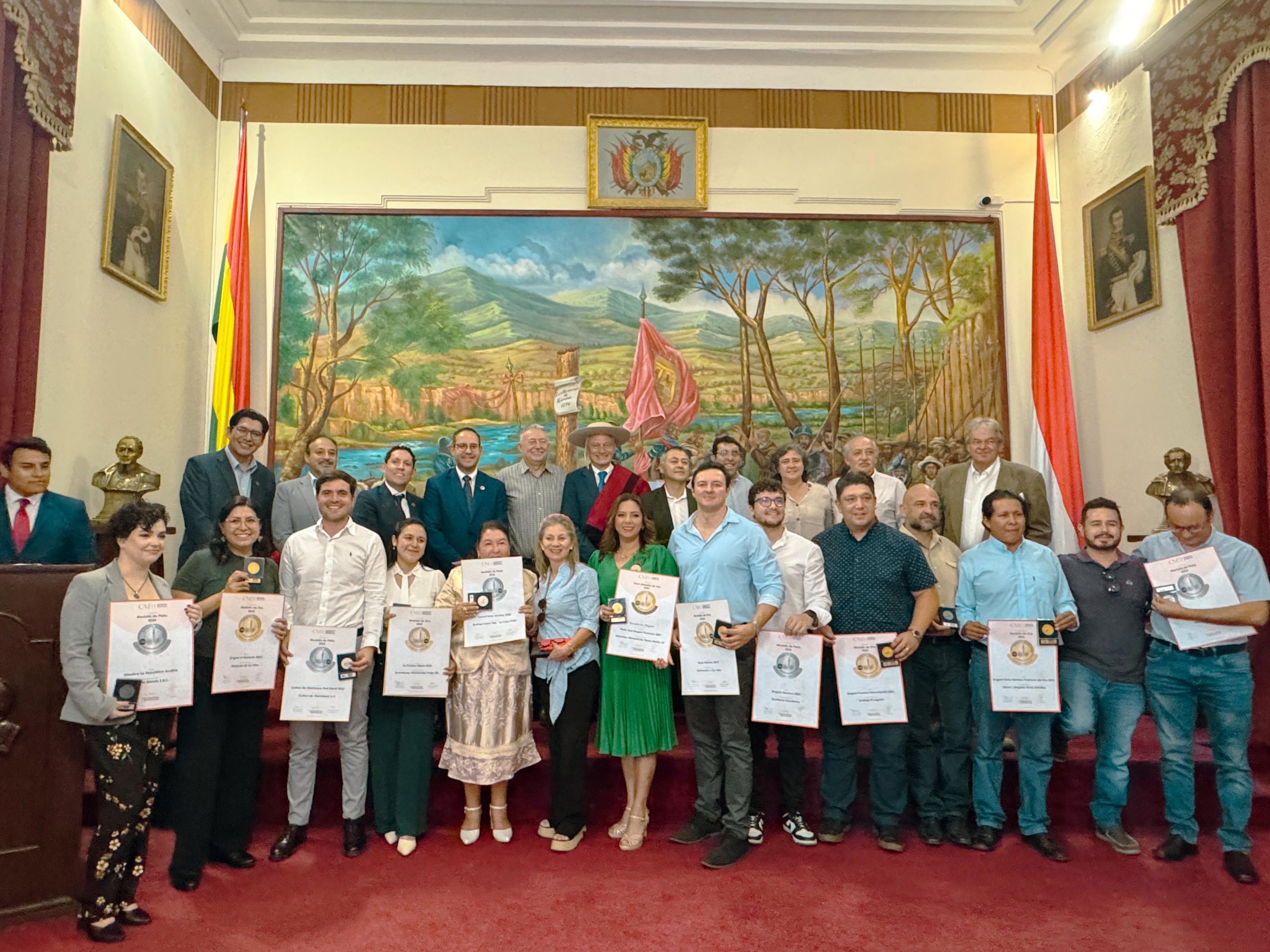Malvasia and Teran – Istria’s Crown Wines

Imagine a family of four generations, each of which was born under the same roof and yet in a different country – welcome to Istria! Over the past century alone, the region has been Austro-Hungarian, then Italian, Yugoslavian and finally Croatian. These facts explain why people in this area see themselves first and foremost as Istrians rather than Croatians, Slovenians, or Italians. But while nationalities play only a secondary role, the Istrian identity is very clear and strongly reflected in the wines produced here.
Istria is among the most renowned wine regions in the Balkans and the most developed in terms of wine tourism. The history of winemaking in Istria is connected to the ancient Greeks, who settled on the coast in the 6th century BC. Although it only has 3,200 hectares of vines today, compared to over 40,000 hectares pre-phylloxera, the region is leading the way in Croatia’s wine quality revolution.

The soils of the Istria wine region divide the peninsula into Red Istria, Grey Istria, and White Istria:
“A huge part of the peninsula on the south-east side is covered by red soil or terra rosa, which is the most commonly used for wine production”,explains Caroline Gilby MW. “The color of the soil is a result of the high level of iron that it contains. White Istria stretches to the north and northeast, where the topsoil is thin, typically rocky, white, and carbonate rich. Further south and inland is the central zone of Gray Istria, where you can find flysch soil with marl and sand, as well as humus-rich deposits of black soil.”
Terra rosa is used mainly for the growth of red grape varieties, but it also produces well-structured and full-bodied whites. The wines made in Gray Istria have good levels of acidity, pronounced aromatics and are medium-bodied. White Istria’s wines are known for their high acidity and aromatics as well as for their elegance.
There is a wide range of grape varieties grown in Istria, but the two most emblematic ones are the native varieties of Malvasia Istriana (Malvazija Istarska) and Teran.
Malvasia Istriana
Malvasia Istriana is the flagship varietal of the region and makes up over two-thirds of Istria’s wine production. It is the leading Istrian grape variety and the second most planted grape in Croatia. Malvasia Istriana accounts for 1,583 hectares or 60% of Istria’s plantings and according to Caroline Gilby MW it is made by nearly every one of the approximately 250 producers in the region:
“For most wineries in Istria, Malvasia is the core of their production, typically between 60-70%.”
Malvasia is a name shared by numerous varieties around the Mediterranean, but Malvasia Istriana or Malvazija Istarska is found only in Istria. It’s speculated to have developed from another Malvasia brought to the peninsula during the Venetian rule. Today it plays a significant viticultural role in Croatian and Slovenian Istria as well as in the region of Friuli in Italy.
Most parts of the Istrian peninsula are covered by Malvasia Istriana, but it grows best on terra rosa soil. Malvasia can be made in a variety of styles including fresh and fruity, barrel aged and complex, macerated, and made into orange wines, sweet or sparkling. “Malvasia is not just a one-year wine, with aging, it acquires a new dimension”, recounts Caroline Gilby MW. “It’s a grape suited to skin contact, more typically cold maceration before fermentation, but some producers also use extended maceration (weeks or even months) along with alcoholic fermentation to make genuinely orange wine styles, sometimes in clay amphora. These techniques can produce wines with wonderful texture and mouthfeel, and with layers of complexity. The grape also benefits from fermentation and aging in barrels. Options in use include large and small oak, acacia, and even mulberry. In fact, Malvazija often has a gentle honey note, that works particularly well with the fragrance of acacia barrels but there is only a handful of producers who use acacia in practice.”
Although aged Malvasias and orange wines are gaining more and more in popularity, the consumer’s favorite remains the fresh and fruity style vinified cool in steel. According to Luka Rossi, president of the Istrian’s wine growers’ association Vinistra wine tourism and exports are some of the main sales drivers for Malvasia wines: “Around 30% of the wines are exported internationally to the surrounding countries like Italy, Serbia, Bosnia and Herzegovina and Austria but they can also be found in Germany, Poland, the UK, the USA and Canada for example.”
The best food parings from Malvasia Istriana include various seafood dishes, grilled fish, fresh oysters, risottos and pastas as well as dishes with the local white truffles.
Teran

Is the most common red grape variety in the region covering 250 hectares. Teran has been grown in the Istrian peninsula for over 600 years. During the 19th century it was the most widespread grape variety in Istria and occupied more than 80% of vineyard area. It is native to the region and can be found only on the Istrian peninsula, mostly in Croatia and in small parts of Slovenian and Italian Istria.
Croatian Teran should not be confused with the Italian Terrano nor with the Karst Teran, a wine produced in Slovenia from the grape variety Refošk or Refosco.
“On the Slovenian side of the border, the main red grape is Refošk and Teran was often mistakenly identified as Refosco”, clarifies Luka Rossi. “Today, it has been proven that Teran and Refosco (Refosco dal Peduncolo Rosso) are two different varieties.”
Teran is known for its rich aromas of black and red fruits, such as sour cherries and sweet cherries, with notes of fern and blackberry. The range of acids and extracts gives strength of taste, spicy, full body, as well as pleasant and sumptuous tannins, leaving a sweetness on the tongue after the acids recede. The color of Teran ranges from garnet red to dark, almost purple.
Teran is grown in terra rosa but also in white soil. In fact, some of the best examples of Teran are grown in the so called “terre bianche“. Though in general Teran is a very fragile grape and presents many challenges to Istrian vintners:
“Teran is very sensitive, both to extremely strong sun (risk of sunburn) and to excessive humidity (botrytis), but when the grapes are fully ripe and all other required conditions are met, they produce very good quality red wines”, explains Rossi.
Teran shows the best results when aged in wood for at least 3 years, although it has a much longer aging potential. Because of its naturally high acidity, Teran pairs well with fattier meat dishes and well-aged cheeses.
Valentina Phillips


